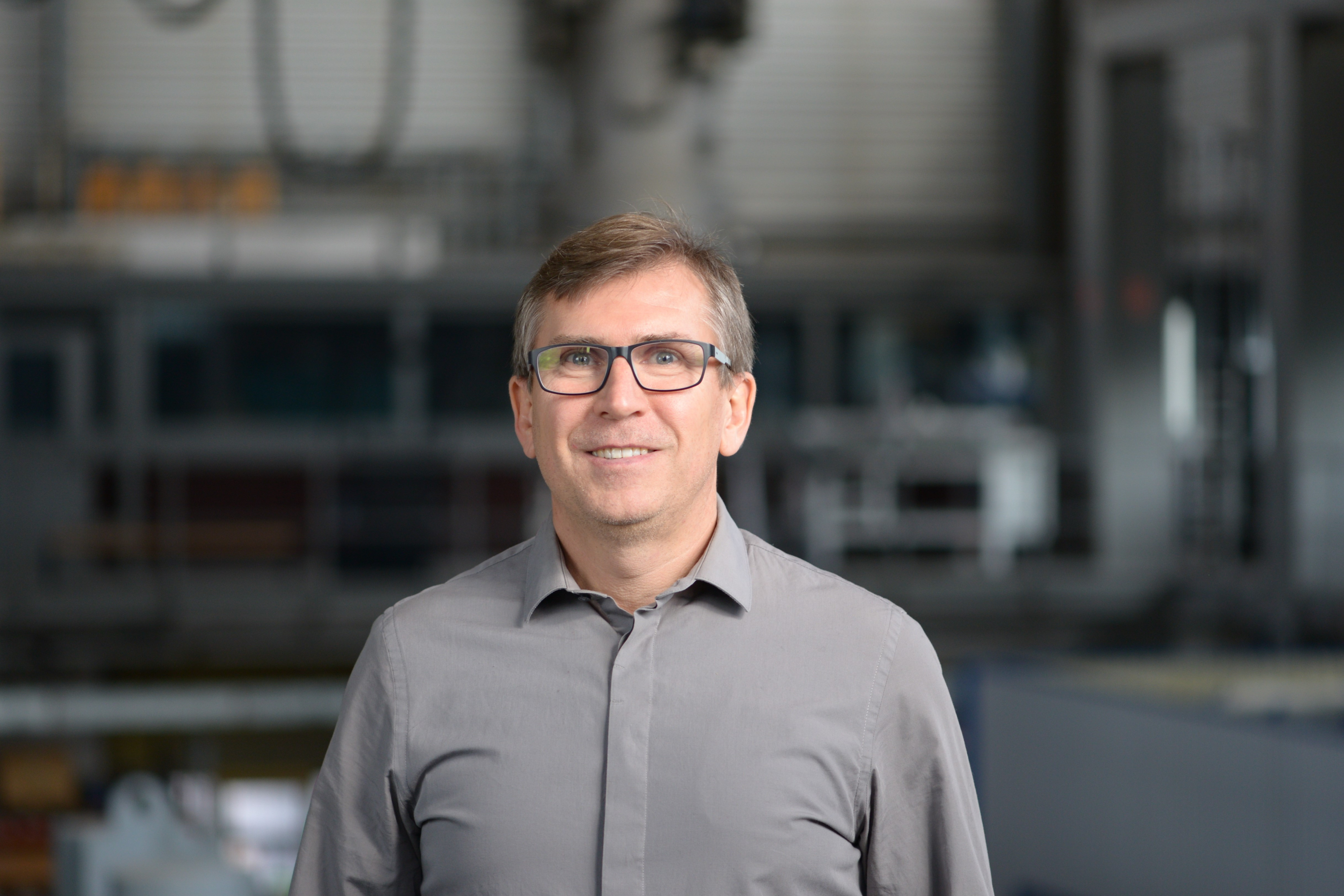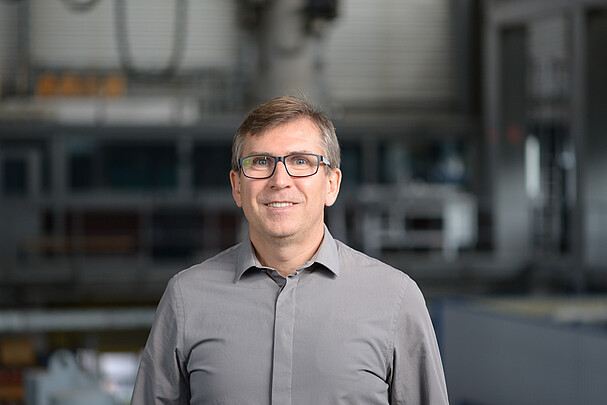

30823 Garbsen


Water-Abrasive Injector Jet Cutting is suitable for cutting nearly all materials. An abrasive substance is added to the water jet and then accelerated to several hundred meters per second. Due to the high velocity, each particle has a material removal effect – thus, Water-Abrasive Injector Jet Cutting is a micro-machining process. In addition to common construction materials such as steel, aluminum, or magnesium alloys, high-performance materials like technical ceramics or composite materials can also be easily cut using this method.
Water-Abrasive Injector Jet Cutting is suitable for cutting nearly all materials. An abrasive substance is added to the water jet and then accelerated to several hundred meters per second. Due to the high velocity, each particle has a material removal effect – thus, Water-Abrasive Injector Jet Cutting is a micro-machining process. In addition to common construction materials such as steel, aluminum, or magnesium alloys, high-performance materials like technical ceramics or composite materials can also be easily cut using this method.
Analogous to pure waterjet cutting (RWS), water-abrasive injector jet cutting (WAIS) begins with compressing water in a high-pressure pump and accelerating it through a sapphire, ruby, or diamond nozzle. Connected to the jet generation is a mixing chamber in WAIS, where the abrasive is drawn into the water jet through the Venturi effect. In the attached focusing tube, the now three-phase jet (air, water, abrasive) is limited in its expansion, and the abrasive is accelerated to approximately 60-70% of the jet speed until it exits into the atmosphere.


